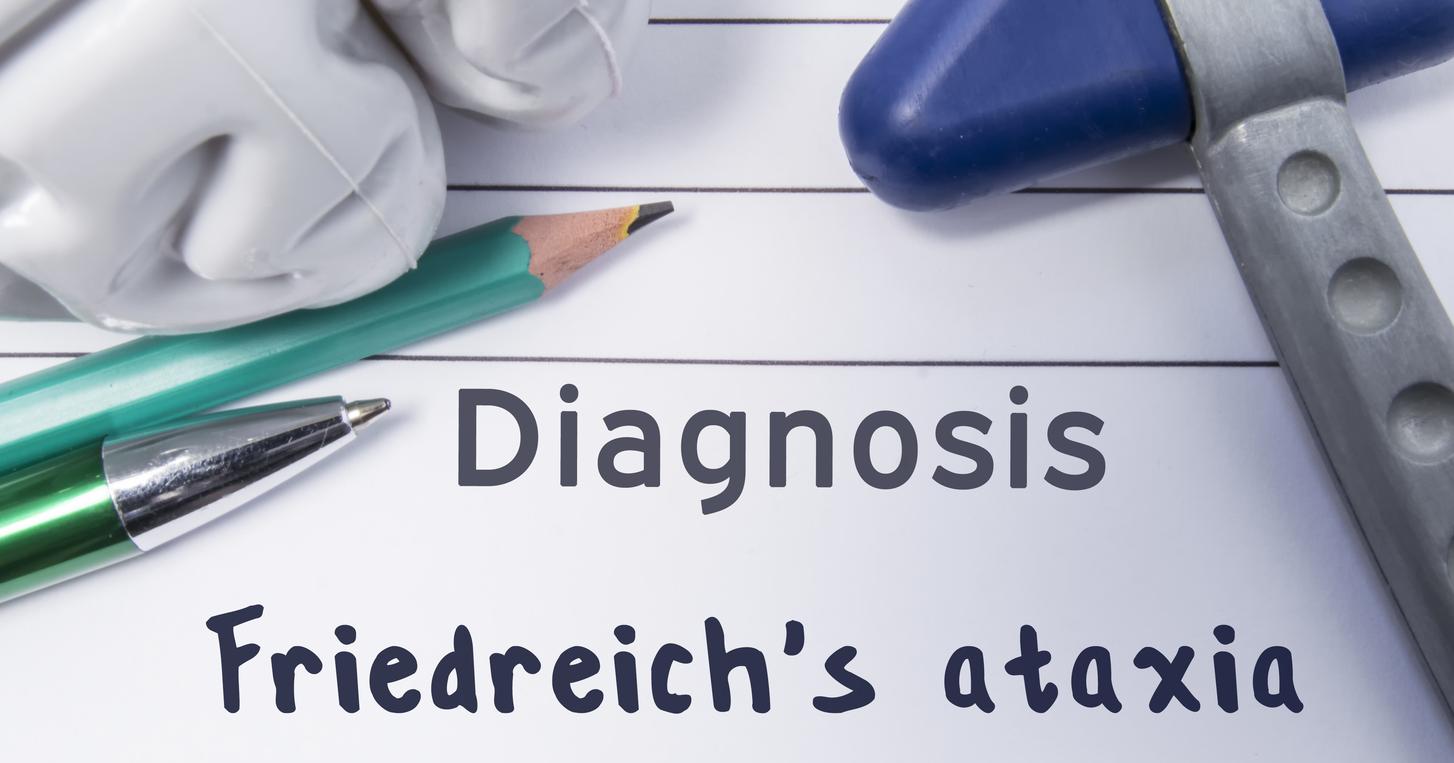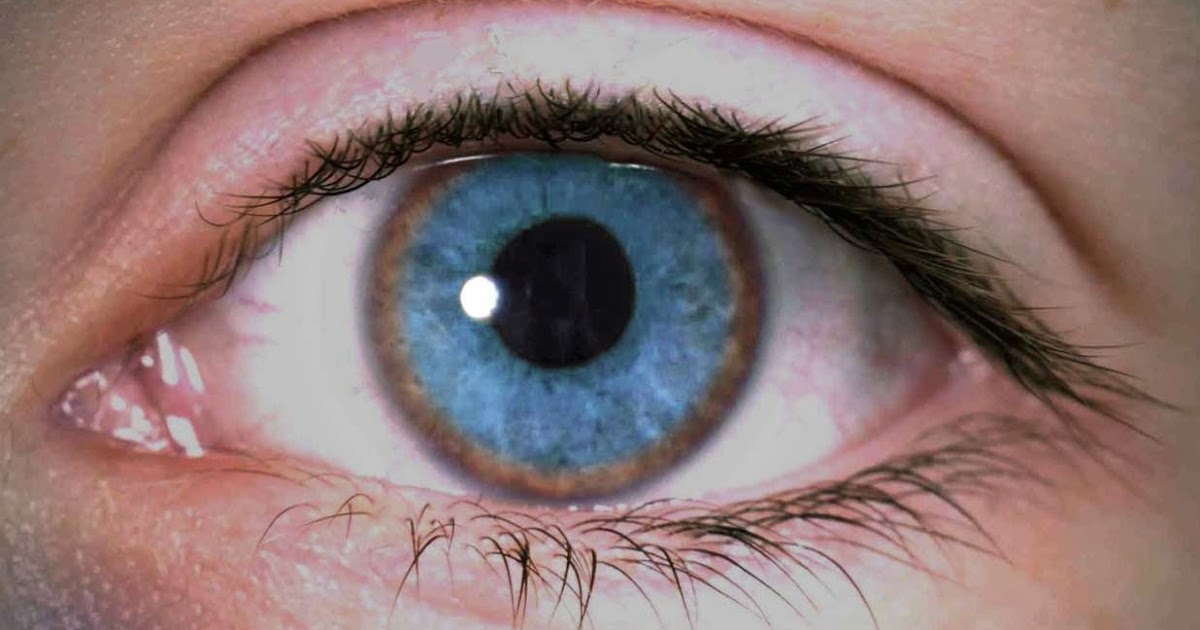What Conditions Chorea May Indicate
Chorea is a movement condition characterized by unpredictable, involuntary movements of an individual's body. Chorea can cause minor symptoms like fidgeting, or it can be severe and result in uncontrollable leg movements, speech problems, issues with swallowing, uncontrolled arm movements, posture impairment, and an abnormal gait. Numerous different conditions can produce chorea, and the causes of chorea are tied to the specific mechanisms that characterize its underlying condition.
A thorough physical examination, laboratory tests, and MRI scans can be used to help identify the underlying condition producing an individual's chorea-related symptoms. Treatment for chorea is highly variable and depends on the specific form of chorea a patient is affected by. Treatment most often involves the use of antibiotic medications, antipsychotic medications, deep brain stimulation, and supportive home care.
Huntington's Disease

An individual who experiences chorea may also be affected by Huntington's disease, an inherited genetic disease that causes an individual's nerve cells in the brain to undergo premature and excessive degeneration. Huntington's disease is the result of a certain expansion that occurs on the HTT gene passed from parent to child. The manifestation of symptoms in Huntington's disease most often begins when the affected individual is in their third or fourth decade of life.
Symptoms of Huntington's disease include movement disorders that cause involuntary movements, cognitive disorders, and psychiatric disorders. The most common movement-related manifestation to occur in Huntington's disease patients is chorea. Sudden and brief movements that are unpredictable and irregular are what characterizes chorea in individuals affected by Huntington's disease. In most cases, these movements are fluid from one part of the body to another and may interfere with a patient's ability to walk, speak, maintain posture, and swallow.
Sydenham's Chorea

Sydenham's chorea is a movement disorder characterized by uncontrollable, jerky movements in the facial muscles, leg muscles, arm muscles, and muscles of the trunk. Sydenham's chorea is most prevalent among children between five and fifteen years old. It is also more likely to develop in females than in males. Sydenham's chorea is caused by the same bacteria that causes rheumatic fever, referred to as group A streptococcus. Sydenham's chorea can manifest at any time up to six months following the initial group A streptococcus infection.
While the exact mechanism that causes Sydenham's chorea is unknown, it is thought to be associated with an autoimmune reaction to the streptococcal infection. The chorea that occurs in individuals who have Sydenham's chorea start to appear over hours and peak within several days. The most common manifestations are involuntary facial expressions, and the inability to perform normal daily tasks like talking, walking, holding objects, dressing, and eating. Movement tics and restless spasms are also common chorea manifestations in Sydenham's chorea.
Friedreich's Ataxia

An individual with chorea may also be affected by Friedreich's ataxia, a rare disease that causes patients to have problems with normal speech, walking, and a loss of sensation in the legs and arms. Friedreich's ataxia is caused by a mutation in the FXN gene in an autosomal recessive fashion. This mutation causes progressive damage to the spinal cord, brain, and heart. Friedreich's ataxia is most commonly diagnosed in individuals between ten and fifteen years old.
Non-chorea symptoms of Friedreich's ataxia include changes in vision, hearing loss, foot deformities, heart abnormalities, shortness of breath, chest pain, and difficulty with the sensation of vibration in the feet. Chorea-related symptoms that manifest in Friedreich's ataxia patients include weak muscles, loss of leg reflexes, poor coordination, irregular limb movements, and involuntary eye movements.
Wilson's Disease

Someone with Wilson's disease may experience chorea as one symptom of their condition. Wilson's disease is a rare disorder where an individual's body becomes overloaded with copper. In a healthy individual, an organ called the liver can remove high levels of copper from the blood and excrete it through the urine. A Wilson's disease patient has a liver that is unable to filter out excess copper from the bloodstream. As a result of this malfunction, copper accumulates in the liver, eyes, and brain. The symptoms of Wilson's disease are based on the organ in which copper accumulates.
Liver-related symptoms of Wilson's disease include weight loss, vomiting, nausea, appetite loss, itching, jaundice, edema, and muscle cramps. Chorea occurs in some patients as the result of copper toxicity in the brain tissues. Drooling, abnormal walking, clumsiness with the hands, and speech impairment are the main chorea-related symptoms that occur in individuals who have Wilson's disease. Additional symptoms related to copper accumulation in the brain and other tissues include migraines, insomnia, mood changes, depression, personality changes, vision impairment, and memory problems.
Cerebrovascular Disease

Cerebrovascular disease is a subgroup of conditions, disorders, and diseases that cause adverse effects in the blood supply and blood vessels of the brain tissue. Cerebrovascular disease has several causes, such as atherosclerosis, cerebral venous thrombosis, and arterial blood clot. Vascular malformation, transient ischemic attack, aneurysm, and stroke are all considered cerebrovascular diseases. All forms of cerebrovascular disease can result in brain tissue damage from the obstruction of blood flow in the brain tissues.
Different medical events have different symptoms, but general non-chorea symptoms that occur in cerebrovascular disease include losing vision on one side, severe headache, confusion, and face drooping. Symptoms related to chorea in cerebrovascular disease patients include arm weakness, speech problems, balance loss, weakness on one side of the body, and paralysis on one side of the body.
